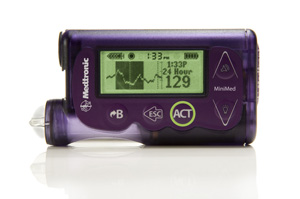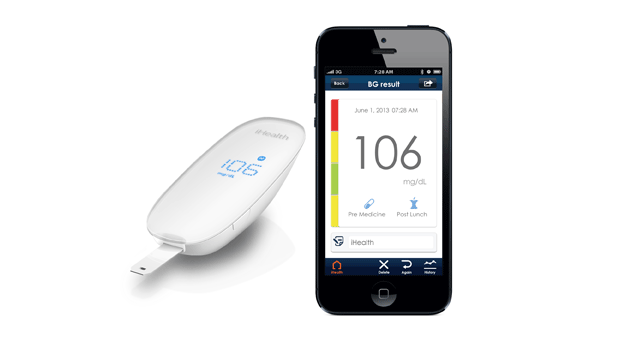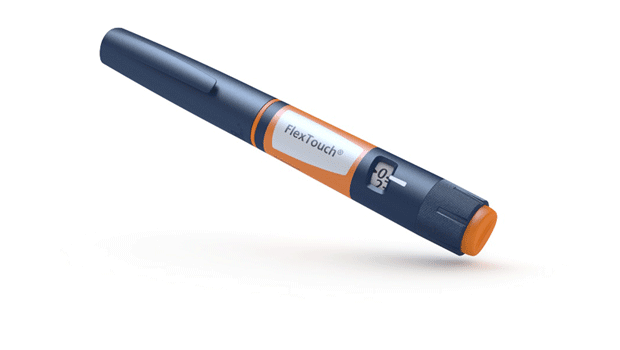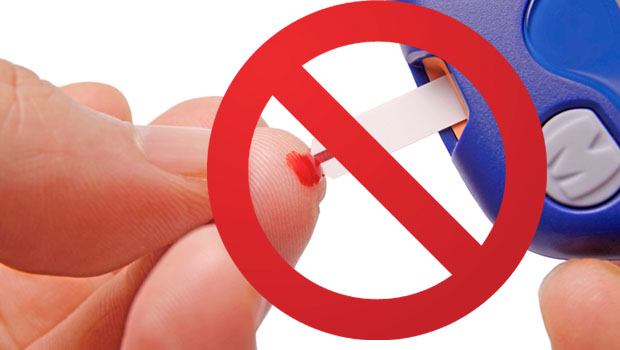Why Do Finns Have a Higher Risk of Type 1 Than Russians?

One in every 200 Finnish children under the age of 15 has Type 1 diabetes. In the neighboring region Karelia, which is in Russia, just one in 1200 children of the same age group has T1.
The two countries are incredibly similar – both are home to the same ethnic groups and are affected by the same geographic factors. The one major difference is that Russian Karelia is a much poorer country than Finland. Researchers now believe this economic disparity somehow shields some Russians from Type 1 diabetes.
Because of the economic gulf between capitalist and communist countries during the Cold War, the Russian Karelian region has poorer hygiene standards and worse sanitation systems than Finland. This means its population has higher general rates of infection and disease. Researchers hypothesize that this increased exposure to viruses and bacteria increases the strength and diversity of bacteria living in the gut, the same bacteria that guards against autoimmune diseases. This, in turn, might lower the risk of Type 1 diabetes.
This theory of the relationship between exposure to infections and autoimmune heath is called the hygiene hypothesis. In a nutshell, this is the idea that children from areas with lower standards of living are exposed to more infections and viruses in early childhood; fighting these viruses strengthens the gut microbes that help regulate the immune system, which in turn lowers the rate of autoimmune diseases. It comes down to something akin to “whatever doesn’t kill you makes you stronger,” at least to a point.
To explore this possibility, scientists tracked 33 Finnish children who were identified as being genetically at risk for Type 1. According to a piece in The New York Times, they sampled the gut bacteria of the children throughout their young lives. They then compared samples of bacteria taken from children in this group who were diagnosed with Type 1, looking at samples before and after they were diagnosed, and compared that bacteria to that of children who weren’t diagnosed. The researchers found that the children with Type 1 had less biodiversity and more inflammatory microbes than their peers. These changes were visible up to a year before the diagnoses.
To test this further, they decided to do a follow-up study that tracked 222 children at genetic risk of Type 1 from Finland, the Russian Karelia region, and Estonia; the children were selected evenly from the three groups. When researchers compared microbiomes between children in the two regions, they found that 16 Finnish children had antibodies that predict autoimmune diseases, compared to just four children from Russian Karelia. The two groups also had different types of bacteria – the microbiomes of Finnish children were dominated by a bacteria group called bacteroides; in Russian Karelia bifidobacteria and E. coli were the most common.
The researchers further discovered there were pronounced differences in the strength of endotoxin, a chemical released by the bacteria, which is responsible for activating white blood cells. When samples of endotoxin from Russian Karelian children were given to mice, it decreased the risk that the mice would develop diabetes. However, endotoxin taken from the Finnish children was so weak that it didn’t make a difference in combatting diabetes in the mice. The white blood cells in the mice didn’t register the chemical’s presence and the mice failed to improve.
Compared to Finland, Russian Karelia has lower standards of sanitation. Families drink untreated well water and children there have more oral infections from exposure to fecal matter. Russian Karelian children must survive exposure to more pathogens in infancy and early childhood, and that fine-tunes their immune systems. It should be noted that this that decreased risk of Type 1 diabetes comes at a high price – the average lifespan in Russian Karelia is 13 years shorter than it is in Finland.
When your body is exposed to disease, it affects the environment of your gut, which in turn affects how hospitable our bodies are to colonies of helpful bacteria. The makeup of this ‘microbiome’ of bacteria inside us is suspected to calibrate our immune systems, giving children with stronger and more varied groups of bacteria an advantage. A change in these microbial communities brought on by the increase in sanitation and living standards could explain the recent rise of T1 diagnoses.
Ramnik Xavier, a molecular biologist at the Broad Institute and senior author of the study, believes that these findings point to the possibility that doctors can intervene to head off Type 1 diabetes. If researchers could find a way to detect and correct the microbial disorder that leads to Type 1 diabetes, it could be possible to slow or prevent the emergence of the condition. In the future, we might find a way to inoculate children against immune diseases such as Type 1 by safely exposing them to bacterial extracts, chemical compounds, or even the microbes that help the children of Russian Karelia escape the disease.
Want to know more? You can read a detailed analysis of the hygiene hypothesis, with observational studies of humans with Type 1 and clinical trials of mice here.
Want to know a lot more? Try reading An Epidemic of Absence: A New Way of Understanding Allergies and Autoimmune Disease, by Moises-Velasquez-Manoff.
Thanks for reading this Insulin Nation article. Want more Type 1 news? Subscribe here.
Have Type 2 diabetes or know someone who does? Try Type 2 Nation, our sister publication.







